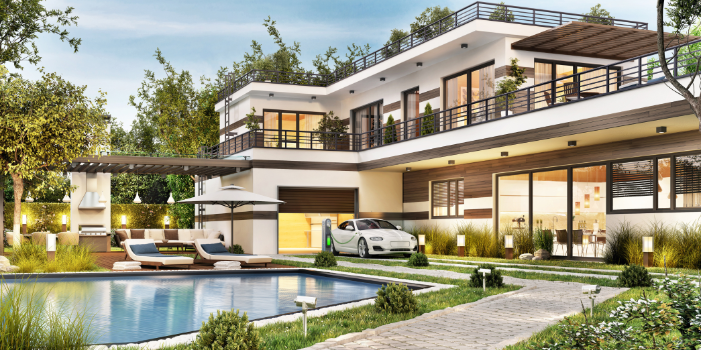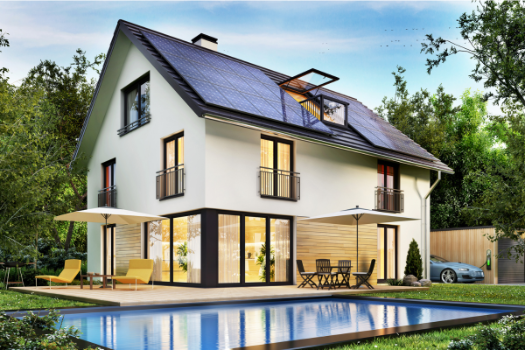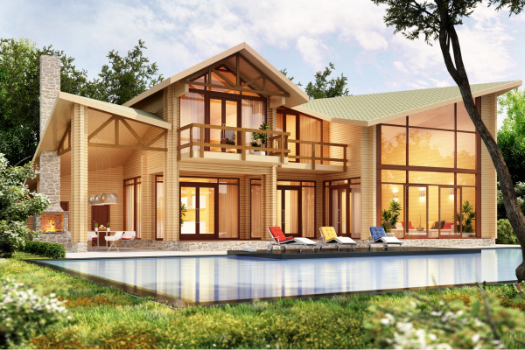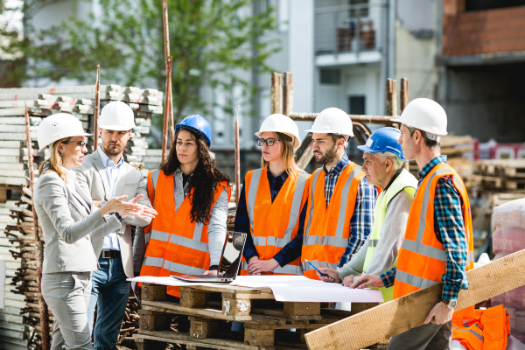
The Role of BIM Automation in Sustainable Construction
Introduction: Redefining Sustainability with BIM Automation
Sustainable construction is about building with the future in mind. It focuses on reducing environmental harm and using resources responsibly. As the world faces climate challenges, the demand for greener practices in construction is growing.
This is where BIM automation steps in to transform the industry. BIM, or Building Information Modeling, is a digital tool that creates and manages construction data. When combined with automation, it streamlines processes and reduces waste. This approach makes it easier to design energy-efficient buildings and select eco-friendly materials.
BIM automation also improves project planning and execution. It helps save time and cuts costs while lowering the project’s environmental footprint. With automation, sustainable construction becomes more practical and efficient.
In today’s fast-paced world, adopting BIM automation is vital. It bridges the gap between technology and sustainability, paving the way for a greener construction future.
The Intersection of BIM Automation and Sustainable Practices
BIM automation is reshaping the way construction projects meet sustainability goals. It integrates advanced tools and workflows to create smarter, greener building processes. Automated workflows help streamline tasks, reducing time and resource wastage. This makes construction more efficient and eco-friendly.
One of its key strengths lies in material optimization. BIM automation analyzes data to recommend sustainable materials, minimizing waste and maximizing reuse. This ensures that resources are used responsibly, lowering the project’s environmental impact.

Energy-efficient design is another major benefit. BIM automation helps create models that predict energy use and optimize building performance. This allows teams to design structures with lower energy needs, aligning with green building standards.
Lifecycle analysis is at the heart of BIM’s sustainability focus. By providing insights into every stage of a building’s life, BIM helps identify areas for improvement, from design to demolition. This reduces waste and improves long-term sustainability.
By combining data-driven insights with automation, BIM empowers the construction industry to adopt greener practices. It bridges the gap between traditional methods and modern sustainability, making environmentally friendly construction achievable and practical.
Benefits of BIM Automation in Sustainable Construction
A. Reduced Environmental Impact
BIM automation helps reduce the environmental footprint of construction projects. It streamlines processes to minimize material waste and ensure efficient use of resources. By analyzing project data, it identifies opportunities to incorporate renewable and eco-friendly materials. This approach not only cuts down on waste but also promotes sustainable practices in every phase of construction.

B. Enhanced Energy Efficiency
Energy efficiency is a critical part of sustainable construction. BIM automation enables precise energy modeling, allowing teams to design buildings with lower energy needs. It integrates smart technologies, such as HVAC systems and solar panel configurations, directly into the planning process. These energy-saving measures reduce utility costs and meet green building standards, making structures more efficient over time.
C. Improved Project Lifecycle Management
BIM automation supports sustainability across the entire lifecycle of a project. From initial design to ongoing maintenance, it provides data-driven insights to optimize operations. For example, it can predict maintenance needs, reducing resource consumption and extending the life of the building. By focusing on long-term sustainability, BIM ensures that projects remain environmentally friendly and cost-effective for years.
By leveraging these benefits, BIM automation offers tangible environmental, economic, and operational advantages. It’s a powerful tool for creating smarter, greener, and more efficient construction projects.
Key Applications of BIM Automation for Sustainability
Automated Energy Modeling: BIM automation excels in energy modeling, providing precise simulations to optimize building performance. It helps teams evaluate energy use in real-time and predict future consumption. This ensures that designs meet energy efficiency goals while minimizing carbon footprints. By identifying the best energy-saving strategies early, BIM helps create buildings that consume less and perform better.
Green Material Optimization: Material selection is crucial for sustainable construction. BIM automation analyzes data to recommend eco-friendly materials tailored to project needs. It considers factors like durability, recyclability, and environmental impact. This automated approach reduces waste, promotes the use of renewable resources, and helps builders adhere to green building certifications.

Lifecycle Sustainability Analysis: BIM automation enables lifecycle analysis, evaluating a building’s environmental impact from start to finish. It assesses the energy and resources used during construction, operation, and demolition. These insights help teams identify opportunities to enhance sustainability at every stage, ensuring long-term benefits.
Construction Planning and Coordination: Automation streamlines construction schedules and reduces material waste. BIM creates coordinated workflows that minimize delays and improve efficiency. It ensures precise material usage, preventing over-ordering and cutting costs. By integrating automation into planning, teams can achieve sustainable results without compromising on timelines.
BIM automation brings sustainability to life with practical applications. It transforms concepts into actionable strategies, helping the construction industry build smarter, greener, and more efficiently.
AI Integration with BIM for Smarter Sustainable Solutions
Artificial intelligence is revolutionizing how BIM automation supports sustainable construction. By integrating AI, design workflows become smarter and more efficient. AI-powered tools analyze complex data quickly, helping architects and engineers make informed decisions. This reduces errors and optimizes project outcomes.
AI excels in predicting sustainability impacts. It evaluates factors like energy consumption, material efficiency, and environmental impact. With these insights, teams can choose the best strategies to meet green building standards. For example, AI can simulate energy performance, enabling designs that use less energy and reduce emissions.

Energy efficiency gets a boost with AI-driven BIM. Intelligent systems can recommend optimal configurations for HVAC systems, lighting, and renewable energy sources. These suggestions help create buildings that consume less energy while maintaining performance.
Together, AI and BIM elevate construction planning. They automate repetitive tasks, improve coordination, and ensure sustainable practices are embedded from the start. This synergy transforms how projects are designed and managed, making sustainability a practical and achievable goal.
AI-driven innovation is a game-changer. It empowers construction teams to meet sustainability goals faster and more effectively, shaping a greener future for the industry.
Challenges and Solutions in Implementing BIM Automation
Implementing BIM automation for sustainability comes with challenges. One major obstacle is the high cost of adoption. Investing in advanced technology and training can strain budgets, especially for smaller firms. Another challenge is resistance to change. Many teams are hesitant to shift from traditional methods to automated processes. A lack of expertise in both BIM and sustainability further complicates adoption.

To overcome these hurdles, phased implementation strategies can help. Gradually introducing BIM automation allows firms to adapt without overwhelming resources. Industry-wide training programs can address the skills gap, empowering teams to use these tools effectively. Highlighting the return on investment (ROI) of sustainable practices, such as cost savings and long-term efficiency, can also build confidence in the technology.
By addressing these challenges head-on, the construction industry can embrace BIM automation and unlock its full potential for sustainability.
Conclusion: Building a Sustainable Future with BIM Automation
BIM automation is a powerful tool for advancing sustainable construction. It reduces waste, optimizes resources, and supports energy-efficient designs. By streamlining workflows and improving decision-making, it offers both environmental and operational benefits.
To build a greener future, stakeholders must embrace these technologies. BIM automation makes sustainable practices achievable, practical, and efficient. The time to act is now—adopting BIM automation is essential for creating smarter, eco-friendly projects that meet global sustainability goals.